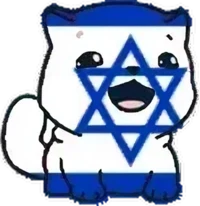- 5
- 2
The claimed title of video is "perfection" or "beauty" is it a real video or just a story and the actual event never happened?
- 1
- 6
From what I remember, she looked like a crackhead and was offered some cigs, smokes one off and changes her mind, but then slips or looses strength or sumn and then falls. It was a pretty tall building.
(Repost because wrong channel)
Thank you im advance.
- 6
- 9
I imagine some type of accident occurred; they just had to put some super glue on it, and it should work fine.
Kudos to my recycle people 
- 13
- 32
- 17
- 3
I swear whenever there's a Nazi girl (fed psyop) all these Nazi kids are like "oo Ayran mommy 14/88 pls step on my balls" or they're like "give me your discord now.". Have they just never met another girl or felt the touch of someone of the female gender? I don't even need to talk about the groypers because Nick Fuentes is a self-proclaimed incel and all his fans are.
- 6
- 3
Underage Admission: If you admit to being underage, it may result in a ban. The platform restricts access to adult content for legal reasons1.
Pedophilia: Any non-humorous admission related to pedophilia can lead to a ban. Such discussions are strictly prohibited1.
Nazi Content: Posting content related to Nazism or extremist ideologies can result in a ban. Keep discussions respectful and within acceptable boundaries1.
Animal Torture: Explicitly posting content involving animal torture goes against the rules1.
- 7
- 16
Indonesia: -Housewife named Natalia (32) in Sanggau, West Kalimantan was attacked by a crocodile while bathing in the Kapuas River. The victim managed to survive but her right leg was severed by a crocodile.
"The victim was bathing, a few moments later suddenly the crocodile pounced on the victim's right leg, the victim tried to pull her leg free. The victim's right leg was severed up to the knee," said Head of Public Relations of the Sanggau Police, Keken Sukendar, to detikcom , Thursday (25/4/2024).
- 8
- 7
i spent alot of my leasure time watching vids here, i need to socialize and touch some grass fr 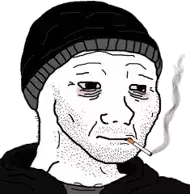
- 8
- 25
The incident occurred in Ponta Grossa, Paraná state. Local media reported that a 56-year-old worker was accidentally killed during a paving project. The deceased's name was Davi José da Silva Lima. He was an employee of an engineering company. He was commissioned by the city government to outsource a paving project in the city and was repairing the asphalt paving joints at the corner of the street.
Source:
https://p1news.com.br/seguranca/sepultado-trabalhador-morto-em-obra/
- 9
- 10
For the look of those flip-flops, I imagine this happens somewhere in Brazil. Kudos to the victim for never leaving his chair.
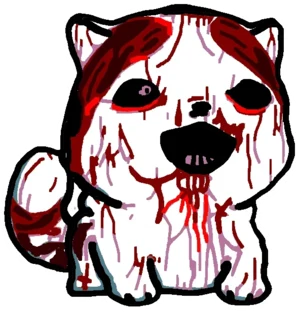
- 9
- -23
- 4
- 28
Salto, Uruguay
May 12, 2023
A deadly traffic accident left the city of Salto in mourning over the weekend. The accident occurred during the night of Friday, and the young victims died successively on Saturday and Sunday.
The police report details that the crash occurred on the corner of Bilbao and Brasil streets. There, a car traveling north through Bilbao was hit laterally by a motorcycle traveling through Brazil.
The car was driven by a 43-year-old woman, who had an 11-year-old boy as a passenger, and both were unharmed. The woman stated that she crossed on a green light, but that it changed to yellow while she was still passing. At that moment, the motorcycle collided with the right side of his car.
As can be seen in the images published by the local media Laguardia Digital, the impact was extremely violent, and both occupants of the motorcycle were thrown and flew to the sidewalk.
The motorcycle was manned by a 27-year-old man and a 19-year-old woman. The driver was initially diagnosed with "severe polytrauma with loss of brain mass" and the passenger was diagnosed with "severe polytrauma, intubated and transferred to a tomograph," according to the report. police report, which details that the pilot died early Saturday morning.
According to the aforementioned Salta media, the companion was also unable to overcome the injuries suffered, and ceased to exist during the hours of Sunday. The chronicle details that the deceased was of Colombian nationality, and had been living in the capital of the department for some time.
- 4
- 9
A 17-year-old girl, identified as María Camila Espitia Villalba, Colombian; who had been reported missing, was the victim of a horrendous crime: they murdered her and removed her entrails. It occurred in El Bagre, Department of Antioquia, Colombia.
The young woman was taken to work on a farm with another woman and they disappeared. Then a photo circulated on social networks showing her in captivity, with her hands tied and a little blood on her cheeks. Later a video was shot showing how it was horribly unraveled.
The body of the minor has not yet appeared to give her a Christian burial.
It was also known that the farm is located in a territory where control is disputed between El Clan del Golfo and Los Chaparros, who are some of the criminal gangs of the country.
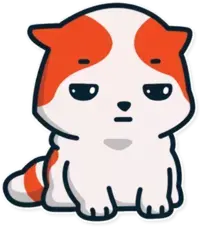




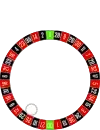




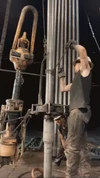



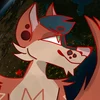

 breed me now
breed me now 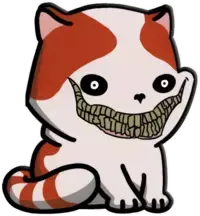

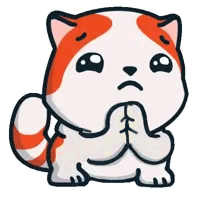

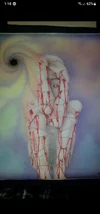
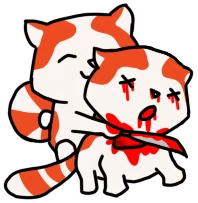 Partially decapitated and still alive
Partially decapitated and still alive 



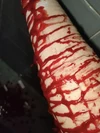
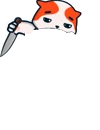

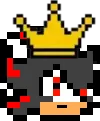

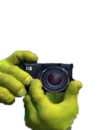

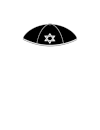


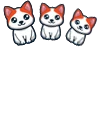


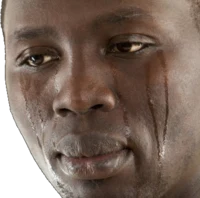
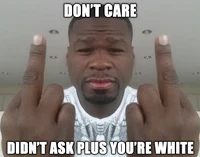
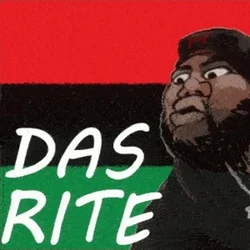
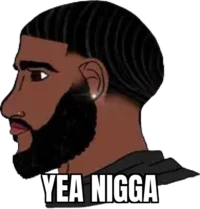
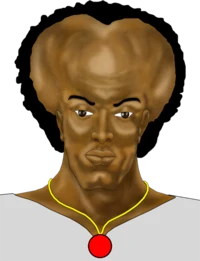




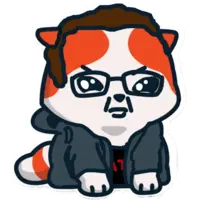
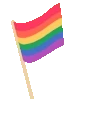

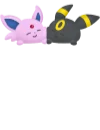







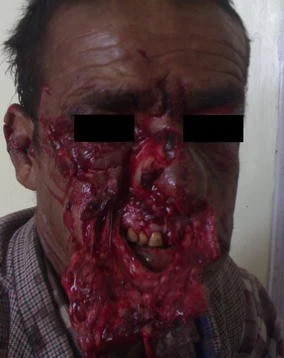

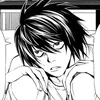



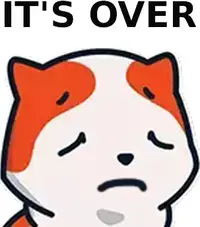
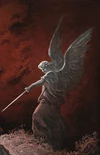



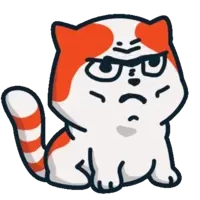 Executed in his chair
Executed in his chair 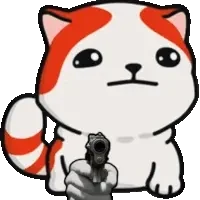


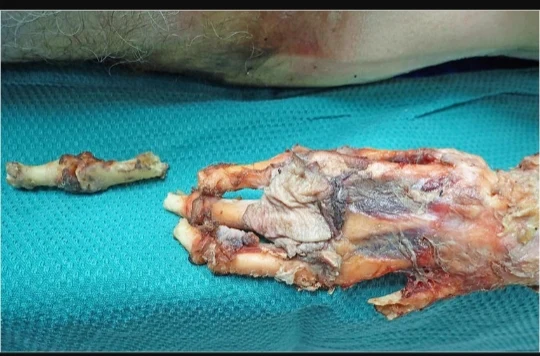










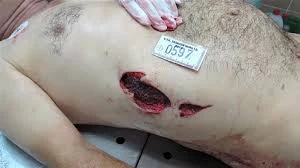
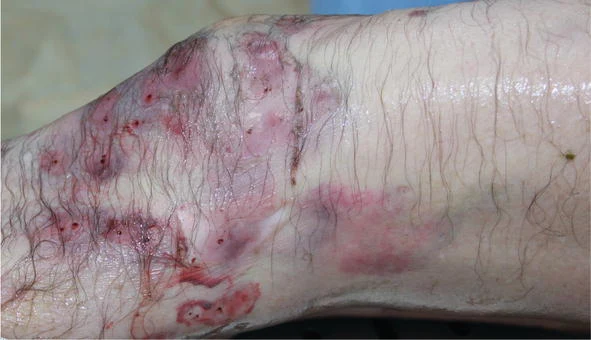




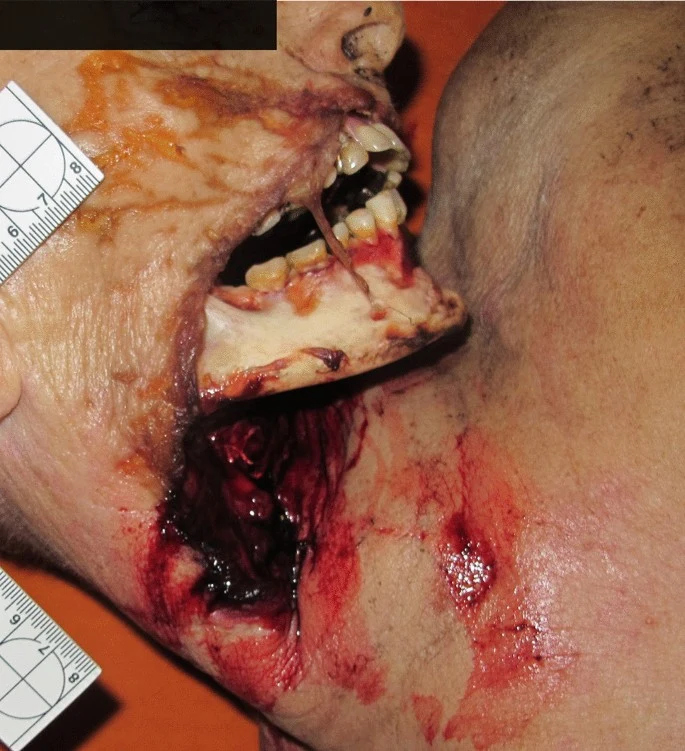




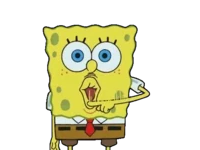

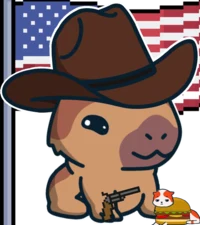
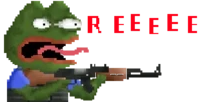
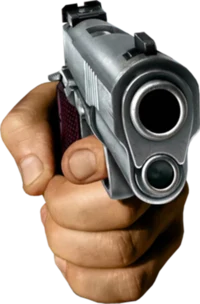
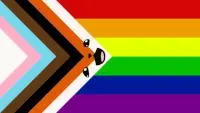
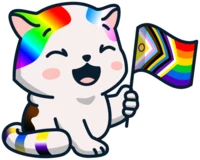
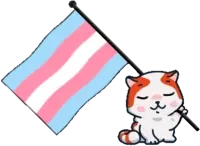
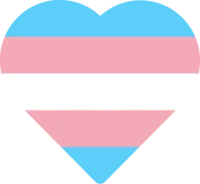
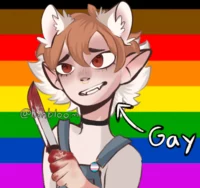

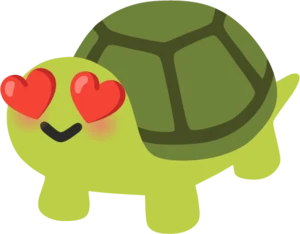



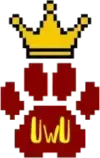






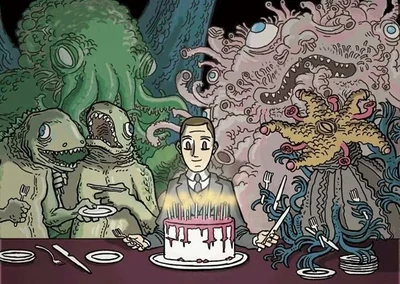
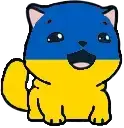 Slavshit
Slavshit
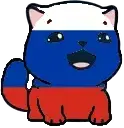
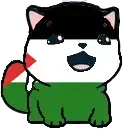 Sandshit
Sandshit
